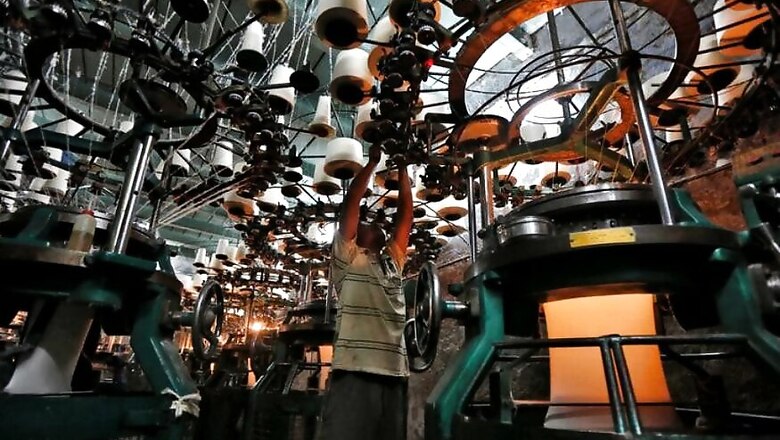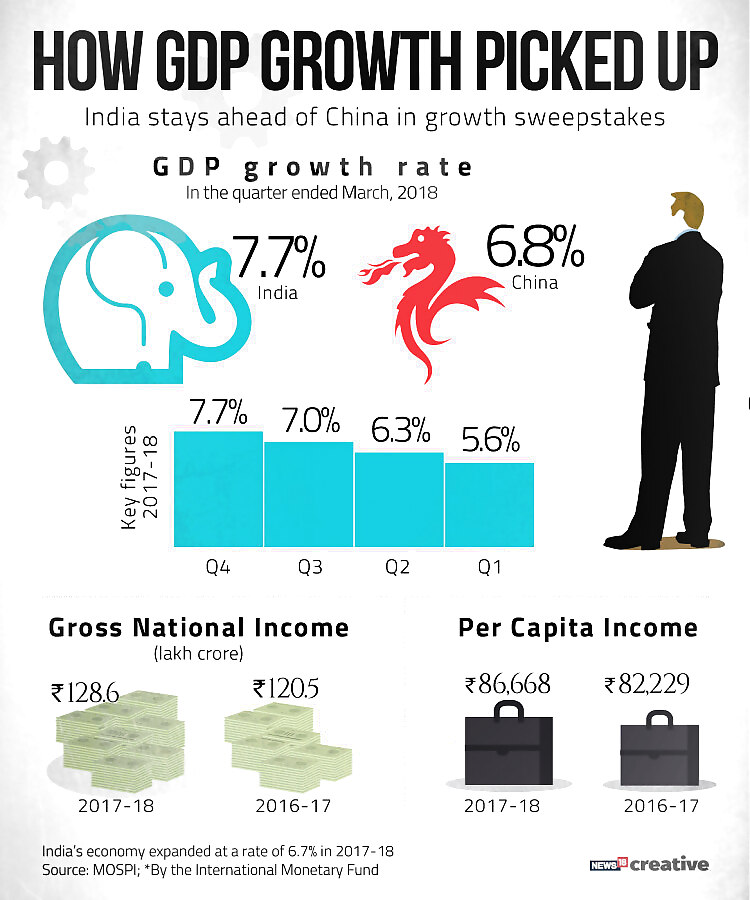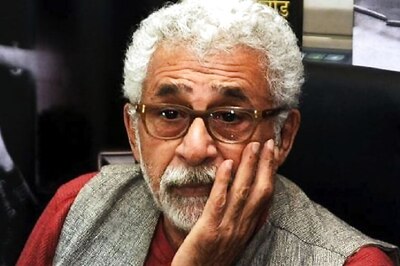
views
New Delhi: The Indian economy grew 7.7 percent year-on-year in January-March, its quickest pace in nearly two years. The figure surpassed China's growth rate of 6.8 percent in the January-March quarter, confirming India as the fastest growing major economy.
For the fiscal year that ended March 31, the Ministry of Statistics reported growth of 6.7 percent, down from 7.1 percent for a year earlier. However, economists expect growth to be robust in the current financial year.
The new estimates firmly cement India’s place as the fastest growing major economy. Rapid growth in agriculture, manufacturing and construction sectors contributed to the overall growth.
Ashima Goyal, member of Prime Minister’s Economic Advisory Council, said, “This agricultural growth projects that there is diversification to other high valued items and other income sources. Construction doing so well again suggests that maybe low income housing and the radar has settled and so there is a source of employment which is also a good number.”
India registered growth rate of 5.6 percent, 6.3 percent and 7 percent in Q1, Q2 and Q3 of 2017-18, respectively.
With this GDP growth rate, January-March quarter became the fastest expansion since before the government's surprise decision in November 2016 to scrap high-value currency notes and a botched implementation of a goods and services tax (GST) in July last year stalled growth, Reuters said.

Latest estimates broadly mirror the trends seen in high frequency indicators like corporate income and industrial output data. It is in line with the government’s estimate of 7.2-7.5 percent.
The central statistics office (CSO) estimates showed that Gross Value Added (GVA) grew 6.5 percent in 2017-18, slower than the previous year’s 7.1 percent. In the quarter-ended March, GVA grew at 7.6 percent, up from 6.6 percent in October-December.
Gross Value Added (GVA), which is GDP minus taxes, serves as a more realistic proxy to measure changes in the aggregate value of goods and services produced in the economy. In the second advance estimates released in February, the CSO had estimated that growth in GVA will slow down to 6.4 percent in 2017-18 as compared with 7.1 percent a year ago.
The manufacturing sector grew 9.1 percent during the quarter-ended March from 8.1 percent growth in the same period last year and 8.1 percent in October-December.
The national income data showed GVA in the private corporate sector, which accounts for more than 75 percent in the manufacturing sector, grew 6.7 percent at current prices during January-March quarter.
The Central Statistics Office (CSO) on Thursday said that Indian economy grew at 7.7% in the fourth quarter ended March 31, 2018 making it the fastest growing major economy in the world.
According to CSO’s second advance estimates, for the entire FY18, the GDP growth was expected to be 6.6%.
Subhash Garg, secretary, Department of Economic Affairs, said, "We have maintained Q4 GDP growth will be better. Good growth in capital goods, construction, manufacturing indicates a turnaround in the economy."
He further said that the government is retaining its GDP forecast at current levels despite Moody's take on oil price impact.
In the previous quarter (October - December 2017 (Q3 FY18), India registered a 7.2% GDP growth as compared to 6.5% and 5.7% growth in the Q2 FY18 and Q1 FY18, respectively.
A Reuters poll had suggested that the economy grew at 7.3% in the given period ensuring the country remained world's fastest growing major economy.
The May 24-29 poll of 55 economists predicted that GDP expanded an annual 7.3% in the first three months of 2018, a touch faster than the 7.2% achieved in the last three months of 2017 - and well above China's pace of 6.8% for the quarter ending in March.
Industry chambers Confederation of Indian Industry (CII) on Monday said that it expects India's economy to grow at 7.3-7.7% in 2018-19 on the back of "sustained structural reforms", recovery in global markets and a normal monsoon.
"The impact of sustained structural reforms is now being felt on the ground as a mammoth economy is turning around," CII President Rakesh Bharti Mittal was quoted as saying in a statement.
Adhia also said, "What is most noticeable is the increase in the growth rate of GVA of manufacturing sector in the last two quarters of 2017-18 at 8.5% and 9.1% at constant price. We would like to believe that GST has given a big boost to the industrial sector."



















Comments
0 comment